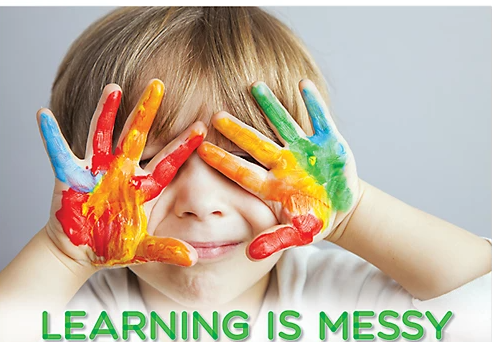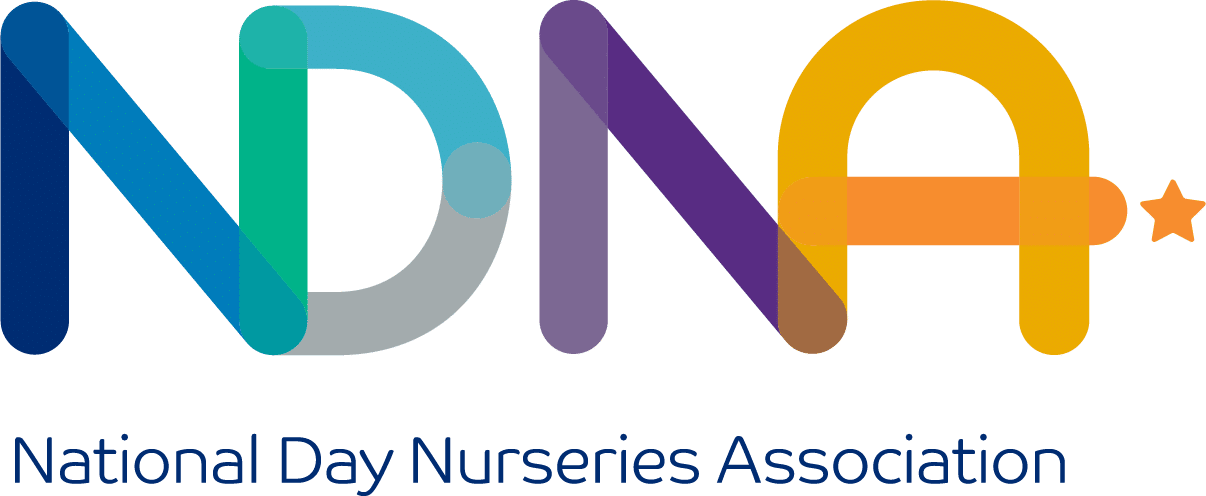Messy Play can sometimes be a parent’s worse nightmare, especially the cleaning up after it Apple Trees Nursery promotes messy Play within the setting as it’s scientifically proven to aid your child’s development. Messy Play aims to allow the child to explore new textures and sensory input through sight, sound, touch, taste, and smell.
Its help to enables your child to inspect and explore on their own. Messy Play can involve chocolate mud, gloop, paint, rice play, sponge bombs and even pasta play.
Nursery Practitioners regularly encourage good hygiene standards by regular hand washing and by ensuring children wear aprons to prevent clothes from getting soiled. However, it can be difficult without hampering their adventure.
Advantages of Messy Play
When most parents think of the word ‘Messy’, they have negative connotations, yet there are numerous positive aspects behind this type of play often found in early years settings.
It might appear that there isn’t any specific motive, however rather the advantages of messy play can include:
- Investigation and independence as children are allowed to explore what they want. It’s a fantastic chance for them to develop a sense of responsibility for their play instead of adult-led activities.
- Improvement of physical coordination and bodily reflexes, which covers physical development and fine motor skills as children practice hand-eye coordination and foster their motor skills and reflexes. Both can be found in the seven areas of learning (EYFS). For instance, pulling in the sand can assist them with building big muscles, which can aid small movement in their hands and fingers.
- Stimulating their instincts and cognition as they feel the sensation of foam squeezing through their palms or smell petals through their nose.
- Developing interest and focal power as they experiment with different materials and textures.
- Understanding cause and effect as they begin to understand that their toy model of a building requires a firm base or that filling up the bucket with too much water will result in overflowing.
- Improving writing abilities by utilising their fingers to make colorful designs in walls or dragging a piece of chalk across the small blackboard.
- Developing early number abilities by acquainting them with ideas, e.g. big and small, heavy and light, tall or short, etc.,
- Empowering social communication, such as teaching them to talk about what they feel or want, linking to PSED of the 7 areas of the EYFS.
What can you do to help?
While it can be difficult, take the time to recognise that your child has spent their day exploring their creativity, imagination and confidence – although it may be best for you to send your child into the nursery with a spare change of clothes. Why not ask your child what they did during the messy play and explore their knowledge?
Continue with the activities at home for their continuity of learning as messy play doesn’t always have to be ‘messy’, you can simplify it with ‘Oat Play’, ‘Rice Play’.



